October
|
HR InTouchThe Monthly Newsletter of the Greater Madison Area SHRM |
||||||||||||||||||||||||||||||||||||||||||||||||||||||||||||||
In This EditionPresident's Message
Independent Contractor or Employee
October 27th - GMA SHRM Member Networking Event! User Friendly Performance Management October 12-14 - WISHRM State Conference November 15th Professional Development Summit - Legal and Legislative Update
Diversity Committee Updates:
My Experience Surrounding Jewish High Holy Days
Committee Spotlight: Corporate Relations Committee Volunteer Spotlight: Brittany Gill Welcome New Members!
|
Hello GMA SHRM Members! Government Affairs & Legal Updates Independent Contractor or EmployeeSubmitted from Brian P. Goodman, GMA SHRM Programming Member, Sarah J. Horner, and Storm B Larson, all Attorneys at Boardman & Clark LLP, a Platinum Sponsor
Return to Top KEVA
User Friendly Performance Management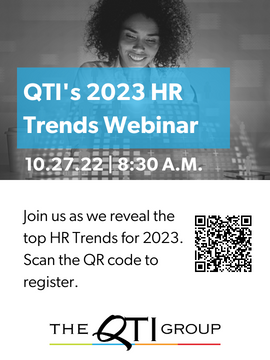 Formal performance evaluations are often stressful annual events that are too little and too late to make a positive difference in employee performance. Formal performance evaluations are often stressful annual events that are too little and too late to make a positive difference in employee performance.Instead, there should be ongoing coaching dialogue throughout the year between the employee and the supervisor. This way, when they walk into a formal evaluation session, they can simply continue their dialogue. A Six-Step Model This model is a performance standard-based system that incorporates the six basic steps involved in effective supervisory leadership. Active employee participation in the decision making for the first four steps will ensure their commitment to and trust in the process. Step One: Identify Key Responsibilities The key responsibilities are the general goals or objectives of the job. Each job will tend to have five or six of these key responsibilities. For example: "The development and delivery of training programs." An employee will not know exactly what this entails until the worker activities necessary to accomplish this goal have been clearly defined. 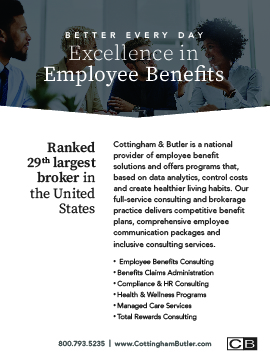 Step Two: Clarify Worker Activities Step Two: Clarify Worker ActivitiesThe worker activities are specific activities described with action verbs and generally listed in sequential order of performance. If the key responsibility is "The development and delivery of training programs, "a list of eight worker activities necessary to explain how that general goal is to be accomplished might be: (1) Conduct a needs assessment; (2) Establish training subject area priorities; (3) Perform research in the subject area; (4) Develop the training materials; (5) Schedule the training; (6) Deliver the training; (7) Evaluate the training; and (8) Revise the training, if necessary. These two steps are essential to an employee's understanding of what is expected and how it is to be accomplished. Step Three: Establish Standards Qualitative and quantitative performance standards define the minimum level of acceptable performance for significant worker activities. This minimum level can be set as high as it is reasonable to expect that employees can perform at that level. The standards must be specific, observable, measurable, realistic, documentable, and job-related. Very often professional standards, procedures and protocols establish a minimum level of acceptable performance which can be incorporated by reference. For example, attorneys must abide by the rules of evidence and accountants must follow accepted accounting principles. Qualitative and Quantitative Standards The most effective standards are those that focus on the worker activity or activities that, if measured, will also measure whether or not the remaining activities have been performed. In the example being used, it is possible to establish both qualitative and quantitative standards for worker activity seven, "Evaluate the training,” that will indicate whether or not the other six worker activities have been accomplished. For example, a qualitative standard could be that the training: (1) subject met the client’s needs; (2) content was up to date; (3) developed the desired skills; and (4) notice was adequate. A quantitative standard might be that 85% of the respondents feel that the training fulfilled these four criteria. Another quantitative standard could establish the frequency with which the training should be provided and the number of subject areas in which the training courses should be offered. Step Four: Monitoring Now that there are standards, they need to be monitored. The employees know how well they are expected to perform. They need meaningful and timely feedback. Identify the means and frequency of measurement to determine the degree to which the key responsibilities and worker activities are performed in compliance with the standards. The monitoring must be "user friendly," otherwise it will not occur. It will be "supervisor friendly" if it coincides with normal supervisory contact and activities. It will be "employee friendly" if it provides sufficient objective feedback with adequate timeliness so that if there is a problem, it can be corrected before it is repeated. Continuing with our example, the employees and the supervisor may mutually decide that the supervisor should audit training sessions to be able to give meaningful feedback to the employees. By involving them in the decision, the employees will be more likely to understand and accept the supervisor's monitoring presence. At this point in the process, the employees know what they are expected to do, how they are expected to do it, how well the worker activities are to be performed, and how their performance will be measured. This empowers the employees to be accountable for doing a good job. Since they can measure their own performance against the established standards, they will not need to wait for supervisory monitoring to identify if a problem exists. They will be more likely to assume responsibility for contacting their supervisor for assistance in resolving that problem. Step Five: Provide Feedback Once the frequency and means of monitoring have been established, it is important that the supervisor follows through to monitor and give feedback. Employees need to know how their performance measures against the standards. Unless the employees are specifically aware of how they are performing, they cannot know what to continue or where they can improve. Step Six: Take Action Take action in response to observed performance. The standards may be retained or revised. Rewards, including additional compensation, may be provided for performance that is satisfactory or better. Unsatisfactory or below standard performance may be remedied through improvements in the system, training, coaching, closer monitoring, or ultimately discipline. Performance Evaluation is Effective Supervisory Leadership This six-step model is essentially the supervisory leadership process. It enables people to do a better job. Success is a powerful motivational force. It is the key to intrinsic motivation. People do the things they do well before they do the things that they do not do well. Implementing these six steps will increase the probability of employee success. Return to Top
|
||||||||||||||||||||||||||||||||||||||||||||||||||||||||||||||
| Jackie | Aguilar | SHRM-CP | Metcalfe's Market |
| Tameaka | Bryant | City of Madison | |
| Carol | Fuentes | PHR | Extreme Engineering Solutions |
| Sarah | Giencke | The Perk | |
| Jenna | Hanson | SPHR | Wisconsin Hospital Association |
| Andrea | Hines | NYU Langone Health | |
| Rachel | Maldonado | Student - UW Madison | |
| CHRISTINE | McNerney | SHRM-SCP | Summit Golf Brands |
| Julia | Melzer | Hovde Properties, LLC | |
| Shannon | Murphy | Summit Golf Brands | |
| Wendy | Raymond | SHRM-CP, PHR | Evident Change |
| Liliana | Roebke | Dungarvin Wisconsin | |
| Mai | Xiong | Retail | |

%20(A2904780x9DEB4)_135x169.JPG)


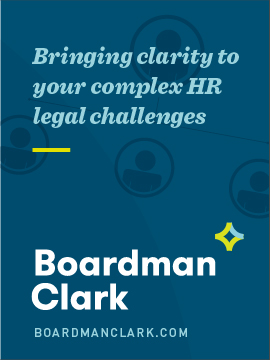
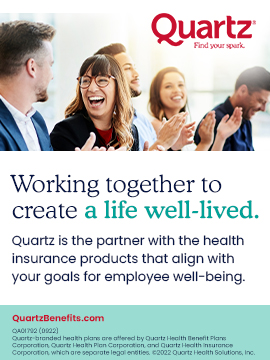


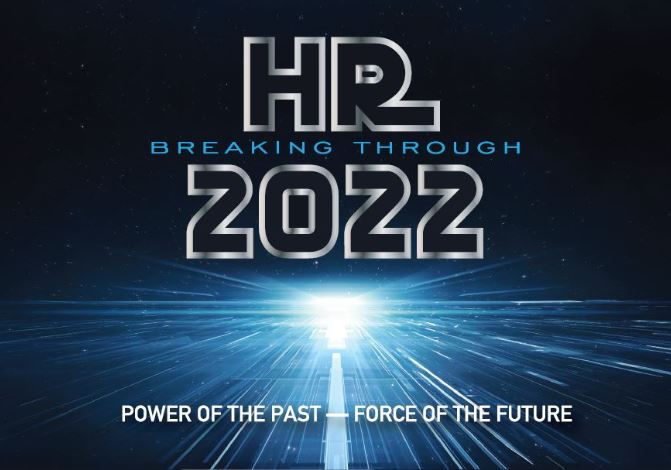
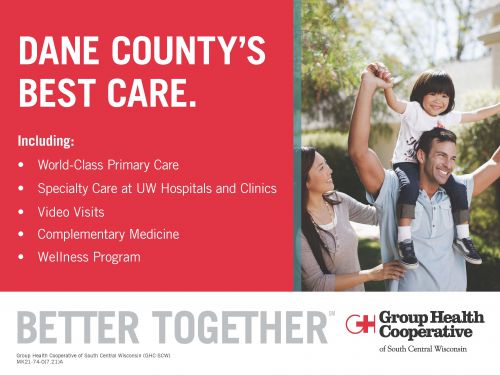
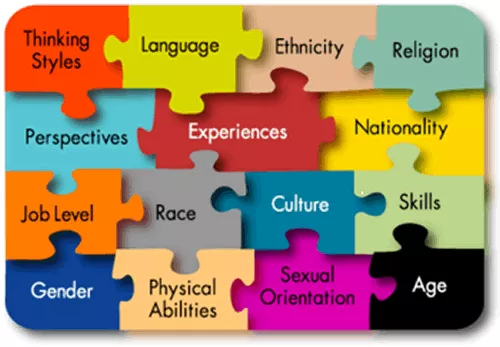
 Each fall, on varying dates in the Gregorian calendar as the date is dictated by the Hebrew calendar, Jews around the world observe two of their holiest holidays, Rosh Hashanah and Yom Kippur, the Jewish New Year and the Day of Atonement respectively. While it would be almost unfathomable to plan a team event or corporate meeting on Christmas or Easter, each and every year there is at least one event that I have to miss due to my religious observance. Already this year I have had to decline a meeting that was scheduled on each of these days, and it comes with an awkward conversation of why I can’t make it. Even though I am white passing and have the privilege that comes along with that, I still have a hesitation when having to disclose to someone that I am Jewish. Many of my peers don’t understand the heightened and rising levels of anti-Semitism that exists that would make it unsafe in certain circumstances for people to know I’m Jewish. While I understand that businesses need to run and meetings need to happen, there are many comprehensive resources which can help minimize the chances of scheduling an event on any cultural holiday. It takes the effort of the organizer to be culturally aware and do the research on the front end. I’m hopeful that with the current emphasis on DEI initiatives that one day I won’t have to bring this to others’ attention and that we can all live in a more conscientious work world.
Each fall, on varying dates in the Gregorian calendar as the date is dictated by the Hebrew calendar, Jews around the world observe two of their holiest holidays, Rosh Hashanah and Yom Kippur, the Jewish New Year and the Day of Atonement respectively. While it would be almost unfathomable to plan a team event or corporate meeting on Christmas or Easter, each and every year there is at least one event that I have to miss due to my religious observance. Already this year I have had to decline a meeting that was scheduled on each of these days, and it comes with an awkward conversation of why I can’t make it. Even though I am white passing and have the privilege that comes along with that, I still have a hesitation when having to disclose to someone that I am Jewish. Many of my peers don’t understand the heightened and rising levels of anti-Semitism that exists that would make it unsafe in certain circumstances for people to know I’m Jewish. While I understand that businesses need to run and meetings need to happen, there are many comprehensive resources which can help minimize the chances of scheduling an event on any cultural holiday. It takes the effort of the organizer to be culturally aware and do the research on the front end. I’m hopeful that with the current emphasis on DEI initiatives that one day I won’t have to bring this to others’ attention and that we can all live in a more conscientious work world.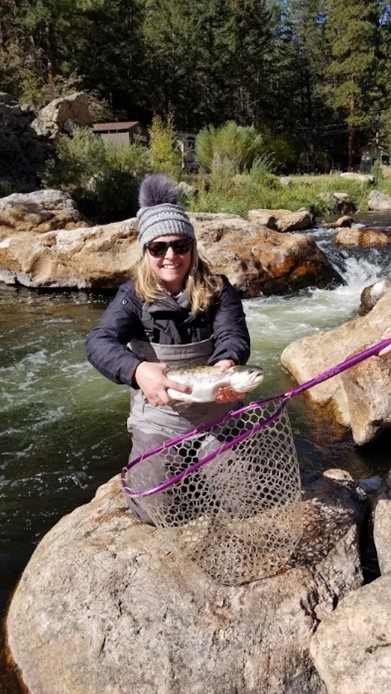 How long have you been a member of GMA SHRM?
How long have you been a member of GMA SHRM? What’s been the biggest “reward” for you since volunteering with GMA SHRM?
What’s been the biggest “reward” for you since volunteering with GMA SHRM?